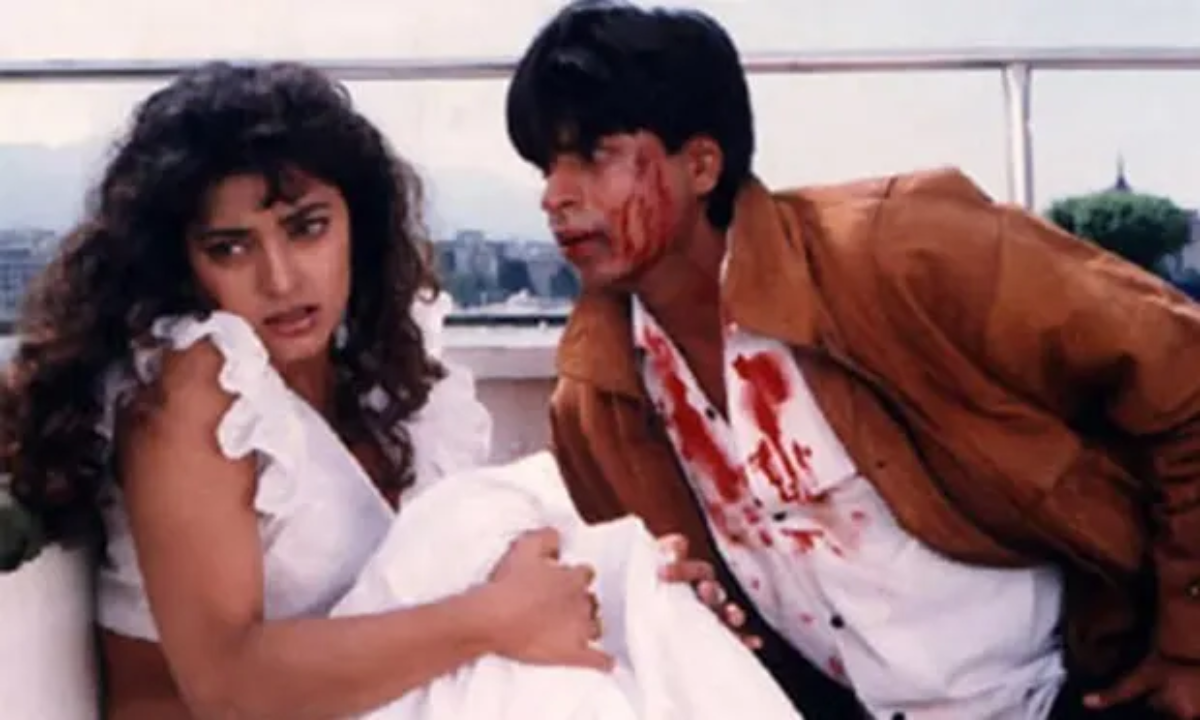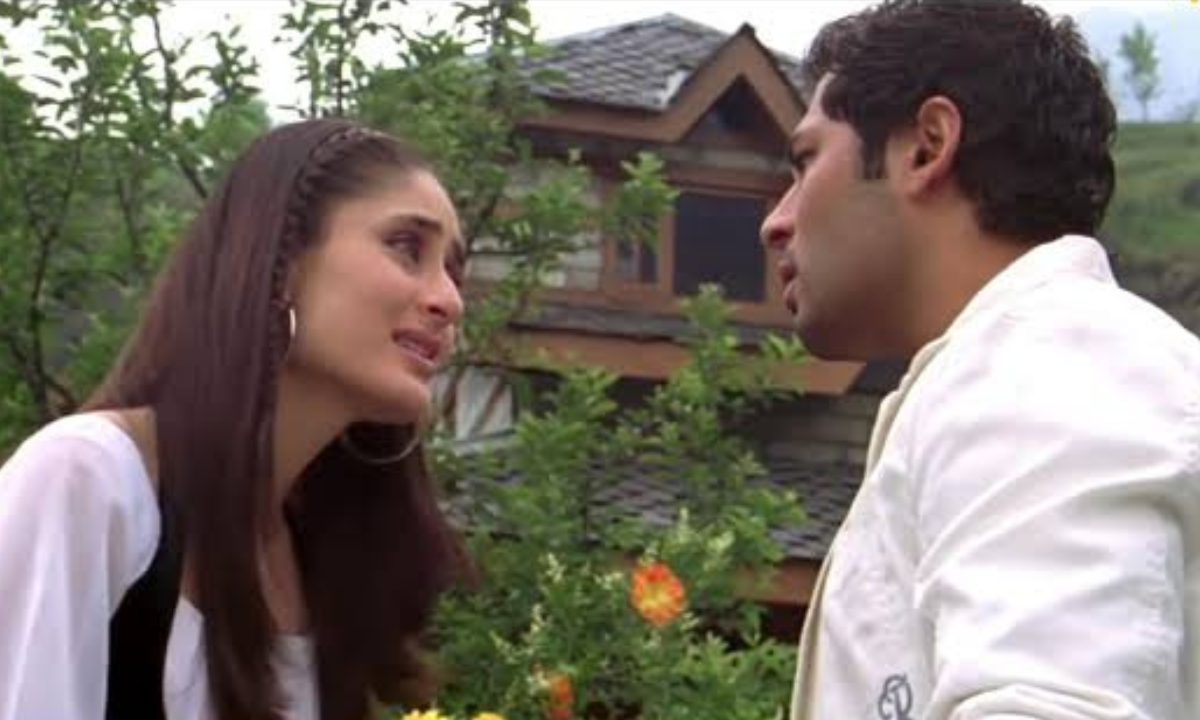In Bihar, Only 13% Of Cases Of Harassment Of Women Are Reported. That Number Is Shockingly Low

Trauma changes people. And in my experience, there is never really a wrong or a right way to deal with it. Especially when the traumatic incident we’re talking about is not an accident but a deliberate violation, to hurt and to assault. We are talking about the trauma that follows sexual harassment and assault. Even till date, there are plenty incidents that haven’t been reported yet, and those that have is a number so minuscule, it barely scratches the surface of the pungent reality.
In fact, several studies have suggested that only one out four women would gather the courage to report it, while the others would either struggle with what happened, assume that they wouldn’t be believed, or just feel like their voice doesn’t matter anymore. And before we blame any of these women for the lack of valor to speak up, it is important to understand how we may have been responsible in putting them in that position of hesitation and fear.
Decade after decade, first deeming them inconsequential and later reducing them only as bodies waiting to be ravaged by monstrous men, women have been treated as inhumanly as possible. Be it in way of never taking their word seriously or in way of failing to offer them support when needed, women have been conditioned to be second-guessed and the result has been a deafening silence that has taken over, especially on the women in Bihar, where the situation of women is worse. And this in a place where you didn’t think it could get worse.
Bihar state highest stats for domestic violence
http://bit.ly/fOyDNQ— The Pixel Project (@PixelProject) December 25, 2010
"Bihar mein daaru aur maar-pitai kabhiyo na khatm ho sakat”—Alcoholism and domestic violence will continue in Bihar no matter what you do—Lalsa Devi, a resident of Karwandia, said. @Zumbish8 reports: https://t.co/hphArukhKG
— The Caravan (@thecaravanindia) March 23, 2019
Also Read : #Trending : Indian Consulate Help Repatriate A Woman From UAE After Her Video Asking To Be Rescued Against Domestic Abuse Goes Viral
According to one of the most recent surveys conducted National Family Health Survey (NFHS) (2015-16), almost 33 per cent of married women in the age group of 15–49 in India have experienced physical, sexual, or emotional violence from their spouses. But, only very few, 14 per cent to be precise, have sought help. A steep decline from 24 per cent in 2005-06, seems like more and more women have started feeling silenced now.
In case of Bihar, matters have only gotten worse as it has become the state to record the highest number of cases of domestic violence. 45 percent of married women in the age group 15–49 had experienced emotional, physical or sexual violence, out of which only 13 per cent have tried to seek help. In Bihar, women don’t just feel the need to put a blanket on the violence, but also feel victimised to the point where there is a sense of normalisation of domestic violence.
And this oppression and physical torture is not just limited to cases of rape and assaults behind closed doors, but also extends itself to cases of dowry harassment and dowry deaths. Looking at the 2018-19 women helpline data, domestic violence topped the chart of crimes against women at an alarming 64 per cent.
About 50% women in Bihar are subjected to domestic violence at home and pregnant women are the worst sufferers. http://t.co/FV600ySa
— Divakar S Natarajan (@divakarssathya) August 20, 2012
Our recent video Story on how women are fighting domestic violence in Bihar. #PeaceAtHome #mojo https://t.co/p86GGrvypn
— Shubham Gupta (@suchamojo_) June 25, 2020
Not just this, the rate of child marriages is also alarmingly increasing by the year. It was found that nearly 30 percent of the women were married before they even turned 16, and just like that, we have yet another statistic contributing to the sickening culture of violating women and their rights. These numbers, however saddening, depict just how far we still are from making things better for women, and it can’t be done until we realise how we need to break down this culture of silence and instil a ray of hope among them to feel confident enough to come forward and fight this.

















